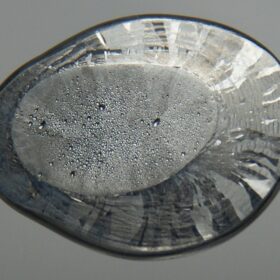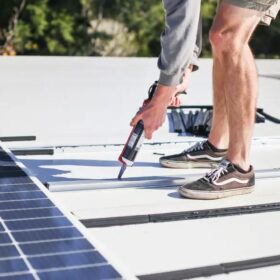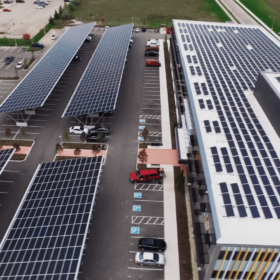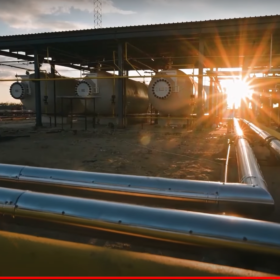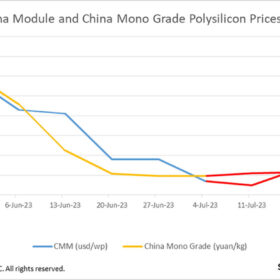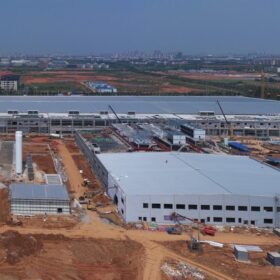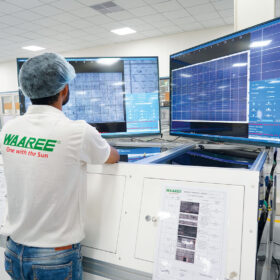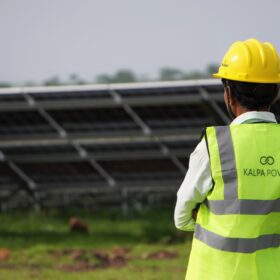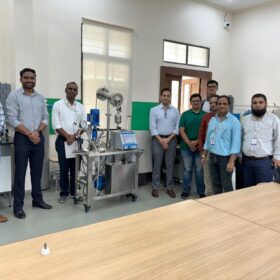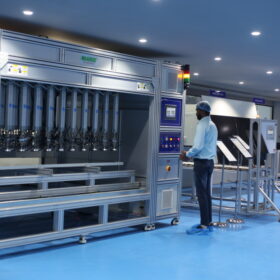New technique to recover lead in end-of-life solar panels
A research group in the United States has developed a process to recover lead in its metallic form so that it can be reused in the PV industry. The process relies on a leaching solution based on a combination of acetic acid (CH3COOH) and hydrogen peroxide (H2O2), which the researchers said leaches the lead ‘in a matter of minutes.’
KPIT testing sodium-ion battery packs in three-wheelers
The sodium-ion battery technology has been designed and developed by KPIT Technologies.
Lightweight solar panel provides solution for rooftop installations
Australian installer UV Solar has rolled out a new frameless solar panel that manufacturer GoodWe says is 60% lighter than conventional PV modules, making it ideal for rooftops that are unable to support traditional PV and racking.
Heliene plans to manufacture 1 GW solar modules, 1.5 GW solar cells in the U.S.
Canadian-based Heliene plans a new factory in Minnesota that will begin producing modules in 2024 and cells in 2025.
India to emerge as global renewable energy powerhouse, says power minister
The nation is also set to emerge as one of the largest solar module manufacturers. It has considerable existing solar manufacturing capacity and is constructing even larger capacities, including polysilicon.
Brookfield, Reliance Industries sign MoU for solar panel, battery storage production in Australia
Brookfield and Reliance have signed a memorandum of understanding to explore the production of solar panels, long-duration battery storage, and other renewable energy equipment in Australia.
Aerocompact releases ‘universal’ mounting system for pitched roofs
Aerocompact, an Austrian manufacturer, has unveiled a ‘universal’ mounting system for pitched roofs that reduces assembly times by up to 40%. It features colored cover plates in red, brown, or anthracite.
Module prices revert to descending trajectory after a brief rally
In a new weekly update for pv magazine, OPIS, a Dow Jones company, provides a quick look at the main price trends in the global PV industry.
The Hydrogen Stream: Germany to use hydrogen ‘in all sectors’
The German authorities have announced plans to double domestic electrolysis capacity to 10 GW by 2030, BloombergNEF has reported that green hydrogen became competitive with gray hydrogen earlier than expected, and Chinese researchers have presented new research on microbial hydrogen production.
GCL-Si opens 20 GW solar cell factory
GCL-Si says it has commissioned a new 20 GW solar cell factory that will supply n-type TOPCon cells to its module facilities in Hefei, Anhui province, and Funing, Jiangsu province.
